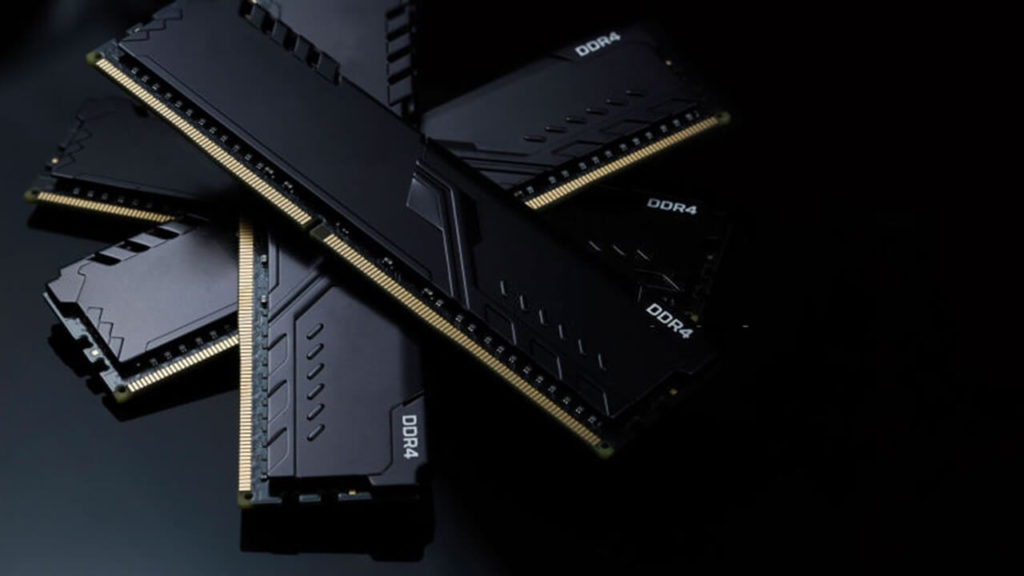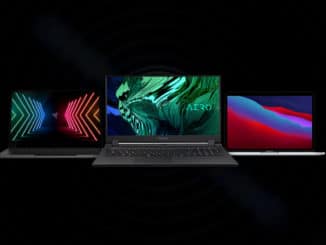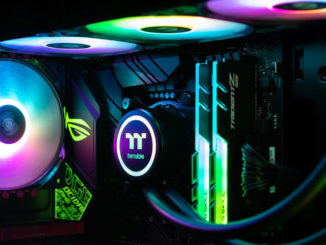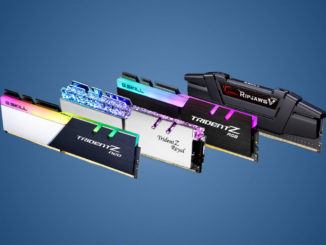When I was trying to buy a new PC, I always had the question of how much RAM I need for video editing. If you have this question popping inside your head, you’re in the right place, mate.
Since I’ve done all my homework already, I can tell you how much RAM is enough for your PC.
All you need to do is read this write-up and set your priorities first. Then, I hope you will be good to go.

Table of Contents
How Much RAM Do I Need to Edit a 4K Video?
When examining multiple video editor variations, it is possible to rank the RAM by capacity. If you’re editing 720p files, an 8 GB RAM will suffice. 4K editing is either impossible or intolerable. Other apps may need to be closed.
If you’re editing 1080p ads with absolutely no effects or 4K files, 16 GB will be enough. Background activities will be a concern for you.
Is 16 GB of RAM sufficient for 4K editing? Well, to be very frank, it depends on how complicated your video compilation is.
Editing many types, including 4K type files, working with large videos, and generating a lot of visual effects will be possible with 32 GB. You may also use it for graphics design on your computer.
64 GB of RAM is a significant amount of memory. It’s a must-have for Adobe After Effects users who deals with 8K files.
What Should You Know Before Purchasing RAM?
The RAM may not provide you with the speed you need, even after you’ve installed it. Furthermore, you might not have the necessary space to install it. So before making a purchase, you should think about a few things.
See How Many Slots Are Available
The documentation for the computer or motherboard is an excellent approach to determine how much RAM it can hold.
You can also get the information from the websites of the manufacturers. You may do this on Windows 10 by opening Task Manager.
Besides, you can use a software tool or an internet service, such as CPU-Z. It is a free program that will scan your computer and notify you about the installed memory and available slots.
For example, if your laptop has two RAM slots, the chipset can accommodate a maximum of 16 GB. As a result, acquiring two identical 8 GB modules should be a wise thing to do.
Choose RAM Speed
The memory’s “speed” or clock speed, measures how many times it can read or modify its contents per second.
You’ll get the speed measurement in megahertz (MHz). It has a significant impact on the overall functionality of your processor and Adobe RGB monitor.
DDR4 has a minimum clock speed of 2133 MHz, and no maximum value since these modules can indeed be overclocked. This rise also increases their overall bandwidth – a complex measure of RAM capacity.
It considers the data transfer frequency, bus width, and the number of memory channels.
If the RAM and CPU bus bandwidths are both equal, the computer will run quickly. Otherwise, a lower indicator will be used by the system.
Now, if you get your hands on different models from a different manufacturer and install it on your computer, there may be a minor speed difference.
Therefore, you’ll not get much of an advantage since you’ll get a lower indication. It will be ideal if you can buy and install RAM from the same kit.
Why Is It Necessary to Increase RAM?
If you want your computer to run blazing fast, you’ll have to increase your RAM. However, are you certain that purchasing more RAM will modify what you require? Perhaps it isn’t the issue at all? I recommend investigating what influences the RAM.
Rendering Speed
RAM does not have much of an effect on visualization withdrawing or rendering speed. The CPU and GPU handle this task.
However, if your machine has 8 GB of RAM and you upgrade to 16 GB of RAM, you may see a change in rendering performance.
Your PC is capable of allocating more RAM in it. So why not add more RAM and make it more powerful? Plus, it’s crucial to have a strong video card, processor, and SSD.
It is more important than getting extra RAM. However, increasing it can significantly improve the current configuration.
If you have extra RAM, this will help your PC run more efficiently and fast. For example, software like Adobe After Effects requires a substantial amount of RAM, especially when integrating effects that are heavy on drawing, such as particles.
Graphics in dynamic animation, unlike video, can grow quite complex. For this, your PC will operate at a reduced speed.
Working with Big Files
Storage space and RAM are critical when processing images that have more than 42 Megapixels or even 4K videos. The size of a RAW image can be 100 MB, while it can be multi-gigabyte in 4k videos.
Without enough RAM, your PC will handle such data slowly. If you need to accomplish it quickly, but your computer is lagging, you can use wedding video editing services.
Is 8 GB RAM Enough for 4K Editing?
When dealing with 720p or lower resolution video, 8 GB of RAM is sufficient. The bare minimum is 8 GB.
So, if you’re just beginning out there as a video editor and aren’t working on large projects, you may get by with just 8 GB of RAM.
As you may have seen, Premiere was only consuming 4 GB of RAM on one of my relatively small tasks.
Is 16 GB of RAM Enough for Video Editing?
For video editing, 16 GB of RAM would provide the best performance-to-cost ratio.
16 GB is not too expensive to purchase, and you can probably get by with most of your video editing jobs on 16 GB of RAM. If you’re on a tight budget, 8 and 16 GB of RAM will suffice.
16 GB vs. 32 GB of RAM
For video editing, 32 GB of RAM is the golden spot.
People who have been professionally editing videos for many years have never used up all 32 GB of RAM. That includes sophisticated 4K productions, using AE with Premiere pro, and so on.
So, we believe that 32 GB of RAM is sufficient for practically every editing task you will ever undertake. Anything more than 32 GB of RAM will be a waste of resources for most of you.
Conclusion
So, let’s answer your question, how much RAM do I need for video editing? 16 GB of RAM is a sufficient amount of RAM capacity for performing the great majority of video editing projects.
Depending on the technical parameters of the film you’re working with, like resolution, bit rate, or codec, you can get away with as little as 8 GB of RAM or as much as 64 GB of RAM.




Be the first to comment